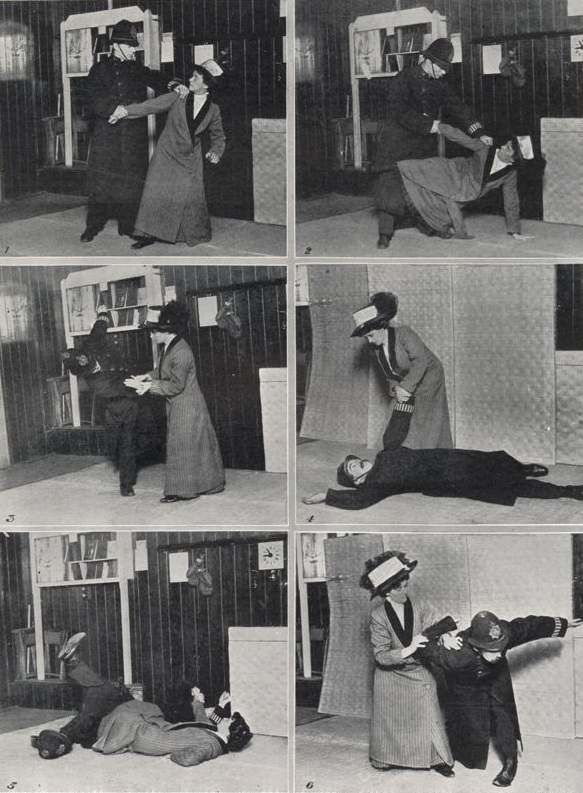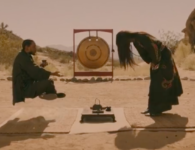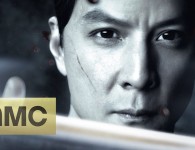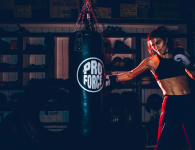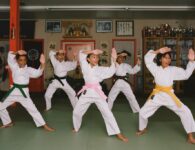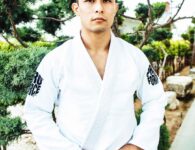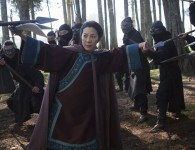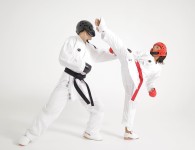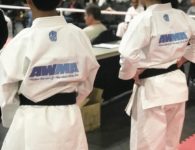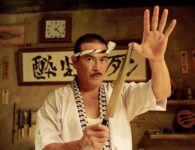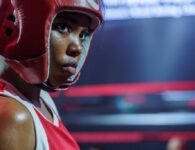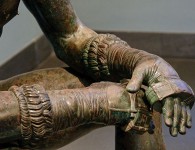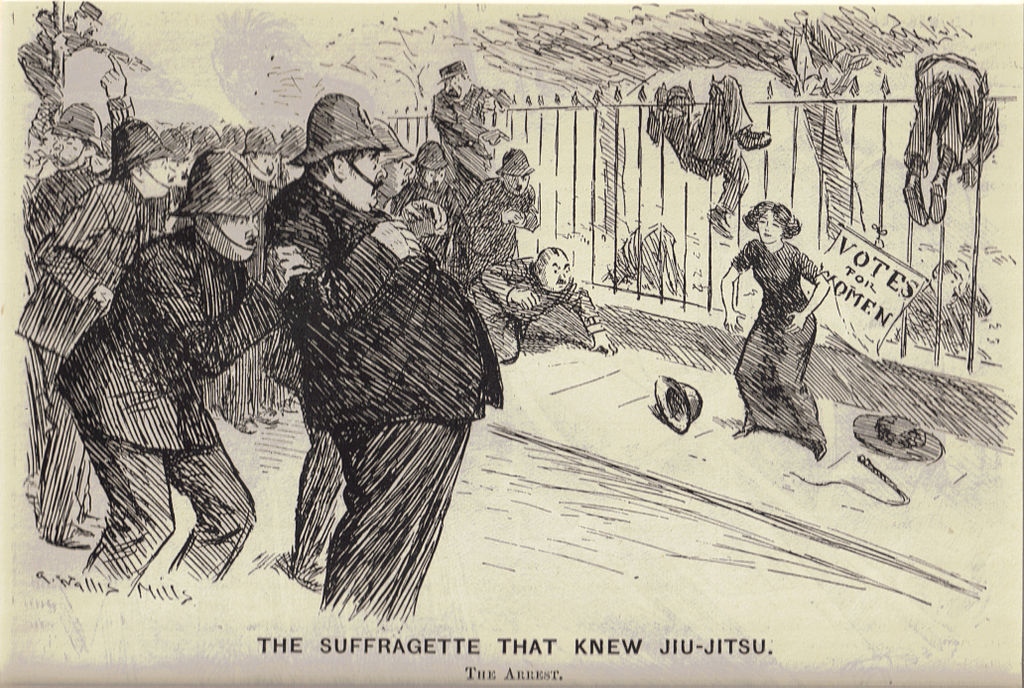
March is Women’s History Month. Established in 1987, Women’s History Month is a time to celebrate the historical and ongoing contributions that women make in our world. To do our part, the AWMA Blog is taking a look at some of the contributions that women have made to martial arts history.
This will be far from a comprehensive list. The history of women in martial arts is a broad and fascinating topic that spans multiple centuries, most countries, and every martial arts discipline and combat sport. The influence of this history spans everything from traditional combat, to sports, to pop culture. It would be impossible to cover just how important woman have been — and continue to be — in martial arts.
But we hope our lists of women who have left their mark on martial arts history inspires to you learn more.
First up, let’s take a look at five women who have shaped the history of martial arts:
Yuenü
The Lady of Yue, sometimes known as The Maiden of the Southern Forest, was the finest swordspersons of the Goujian of Yue period (496-465 BCE) in ancient China. And she arguably remains one of the most influential martial artists to ever wield a blade. Combining studied philosophy with sword techniques that she learned from her father, Yuenü allegedly defeated 3,000 swordsmen to win a seven-day tournament run by the Zhou kingdom. When the King asked her about her methods, she reportedly replied “When fencing, though highly alert the appearance is as calm as a fair lady’s, but when in action, a vicious tiger emerges. Weak and exposed in appearance, but powerful when unleashed.”
Yuenü’s philosophies and sword techniques are still taught today. Her legend continues to be celebrated in art.
Ng Mui
Although it can sometimes be hard to separate history from legend when it comes to Kung Fu, Ng Mui is widely regarded as the creator of Wing Chun. Wing Chun remains the only style of Kung Fu founded by a woman. According to the International Wing Chun Academy, “Ng Mui was recognised as one of the top five martial artists in China during the early 1700s. Although highly proficient in the existing styles of kung fu, she felt it was possible to devise a more effective fighting method which did not rely so much on brute strength or take too long to learn.” As legend has it, she was inspired to develop the techniques that would later be known as Wing Chun when she watched a stork use its wings to defend itself from a rodent.
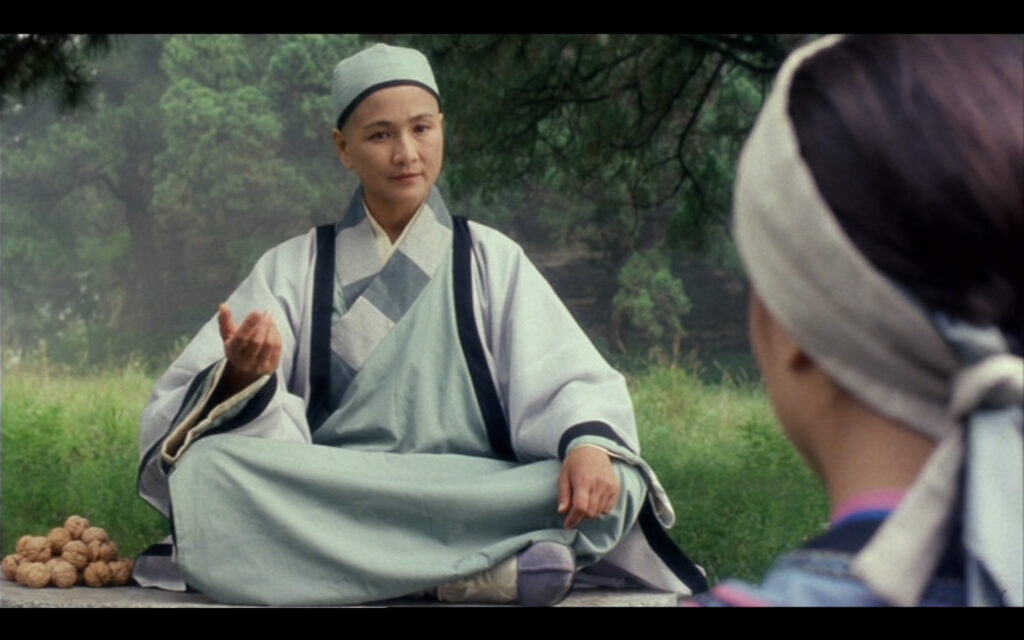
Yonamine Chiru
The wife of original Karate master Matsumura Sōkon was a formidable martial artist in her own right. Coming from a celebrated martial arts family, Yonamine Chiru, a.k.a. Yonamine no Bushi Tsuru (“Yonamine the crane warrior”), developed an aptitude for weightlifting and sumo wrestling. Her tomboyish nature scared off many potential suitors, but it was her skill that ended up impressing Sōkon. In addition to becoming husband and wife, they became excellent sparring partners for each other.
After one exchange, Chiru congratulated Sōkon for the progress he’d made against her, saying “You have learned a valuable lesson, my husband, that in combat you should not distinguish between the sexes. An opponent is an opponent. Sometimes, as you may have learned, a woman can be much more dangerous than a man for that very reason.”
Some martial arts historians believe that Chiru also played a role in developing the kata Seisan.
Elizabeth Wilkinson
Elizabeth Wilkinson, later known as Elizabeth Stokes was a popular and successful English bareknuckle boxer and prize fighter who fought in the 1720s and 1730s, making her one of the earliest documented women to compete in boxing. She was also trained in Historical European martial arts and was skilled in bringing weapons into the ring when they were legal and necessary.
Little is known about Wilkinson’s life outside of her fights. What we do know for sure is that she would find opponents — and presumably drum up publicity — for her matches by publishing challenges in newspapers. Here’s an example of one of her early works from June 1722:
“I, Elizabeth Wilkinson, of Clerkenwell, having had some words with Hannah Hyfield, and requiring satisfaction, do invite her to meet me on the stage, and box me for three guineas ; each woman holding half-a-crown in each hand, and the first woman that drops the money to lose the battle.”
Arguably, this makes her a pioneer in combat sports trash talk as well as combat sports themselves.
Edith Garrud
The British suffragette movement fought for women to have the right to vote in the U.K. One of its prominent figures sometimes took that fighting quite literally. Edith Garrud first developed a taste for jiu-jitsu in the late 1800s. At just 4’11”, she was likely drawn to the discipline’s focus on the use of leverage to help smaller martial artists take on larger opponents. She soon became a devotee of the art, and studied under Sadakazu Uyenishi before opening her own dojo and becoming one of the first female instructors in the western world.
Garrud also applied her studies to her cause. Firmly believing that women should have rights and the ability to defend themselves — and knowing that anyone fighting for the former would probably need the latter — she started sharing her jiu-jitsu training with her fellow freedom fighters. She established a self-defence club in the Women’s Freedom League in 1906. She also trained the famous bodyguard unit of the Women’s Social and Political Union. Nicknamed The Amazons in the media, this collection of 30 working class women protected WSPU founder Emmeline Pankhurst and themselves from attacks using a combination of jiu-jitsu techniques and clubs that they concealed under their dresses.
